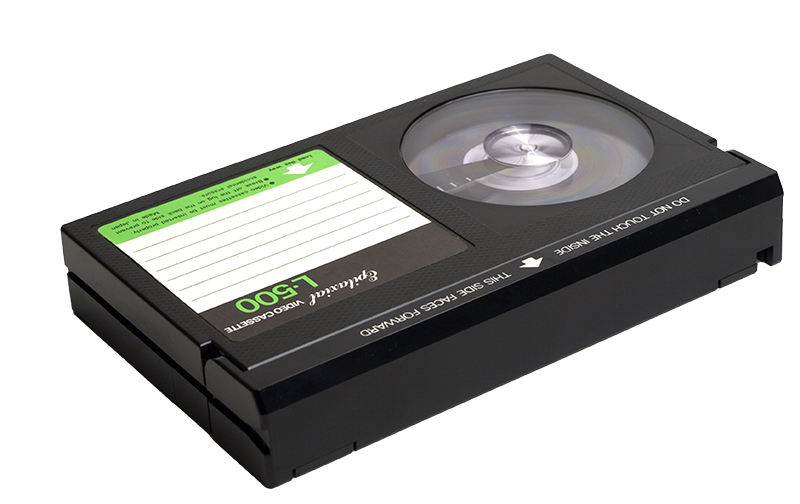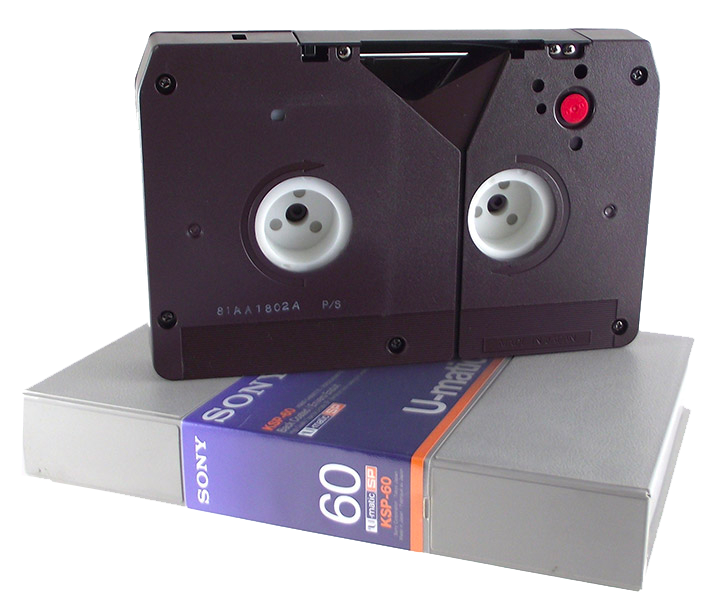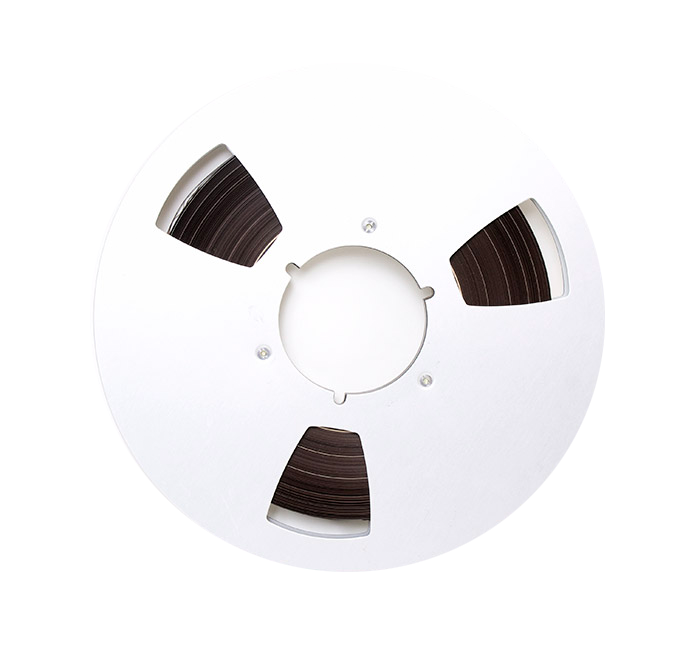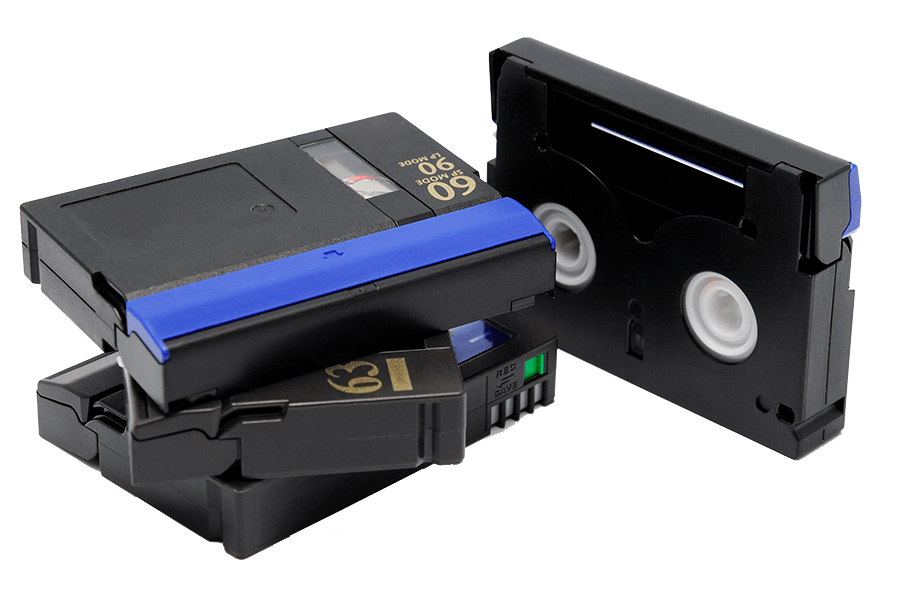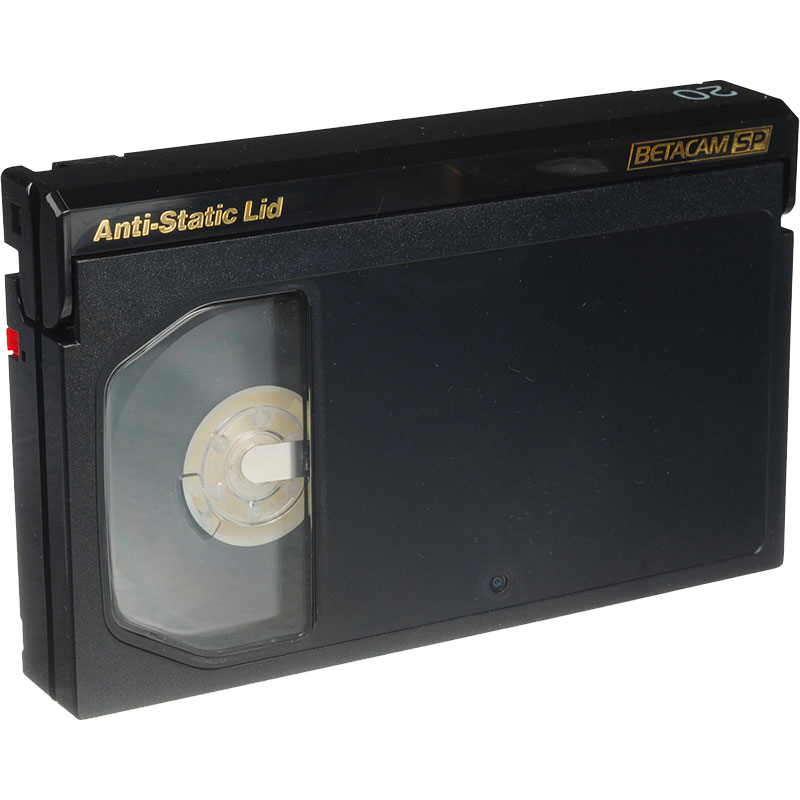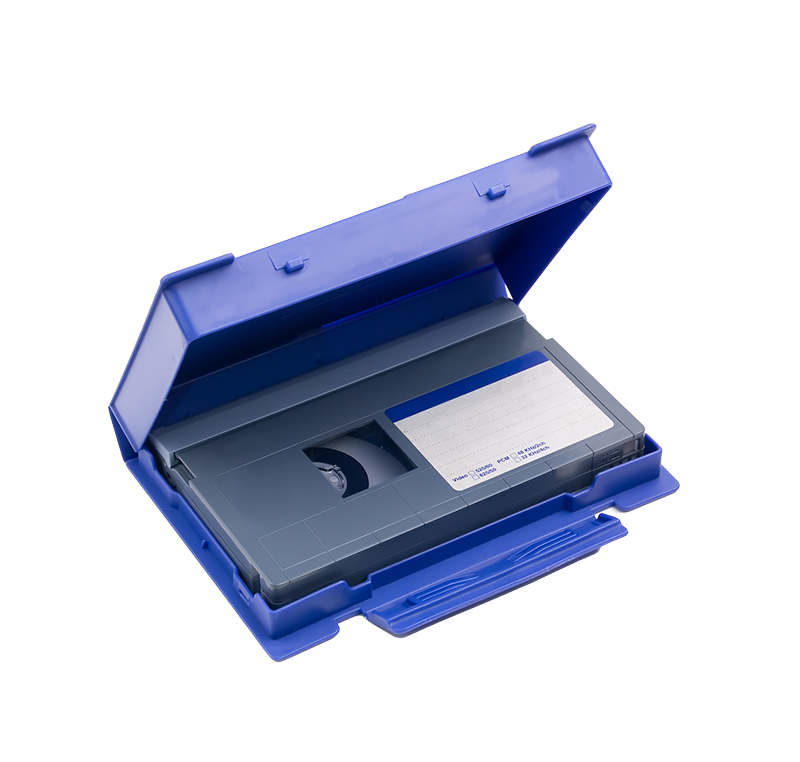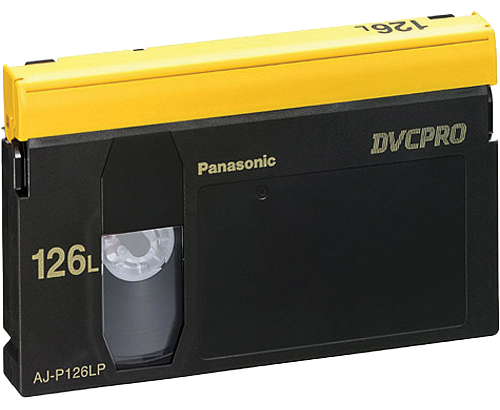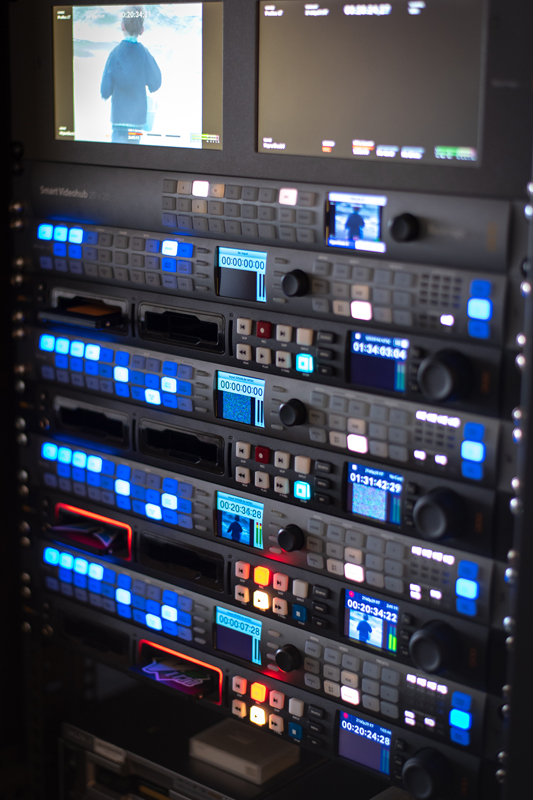
OVERVIEW
Until the advent of digital media, magnetic video tape was one of the primary methods of containing longforms of recorded video footage for both commercial and consumer purposes.
Unfortunately, tape formats were highly vulnerable to deterioration and distortion of the recorded analog video signal, the integrity of which is dependant on both the physical and chemical state of the tape material housed inside the cassettes. As tape, as a physical media, is inherently subjected to levels of high tension as it passes through a video player, it's not uncommon to see tracking artifacts, manifested as horizontal lines, colour shifting, or lost video/audio signals altogether.
These issues only highlight the urgency to preserve important legacy content in a digital format - which can easily be duplicated and redistributed without any further generational loss.

